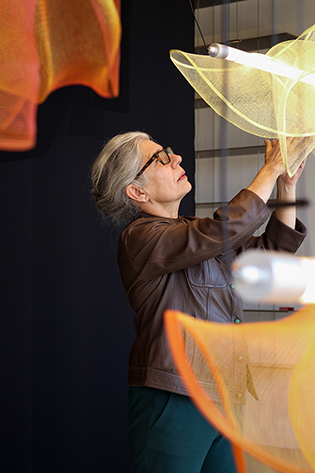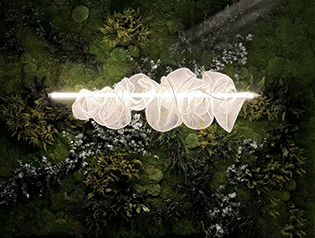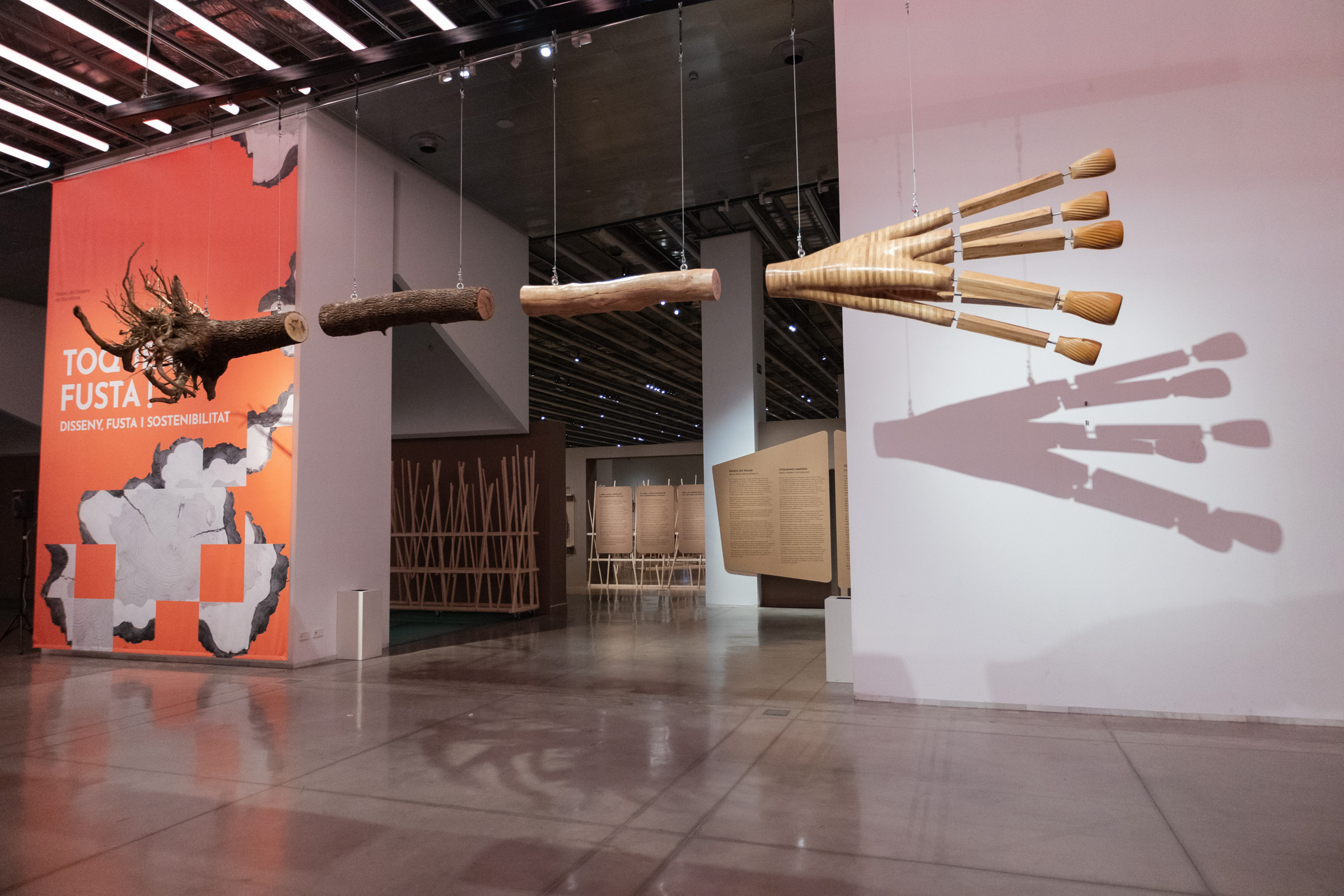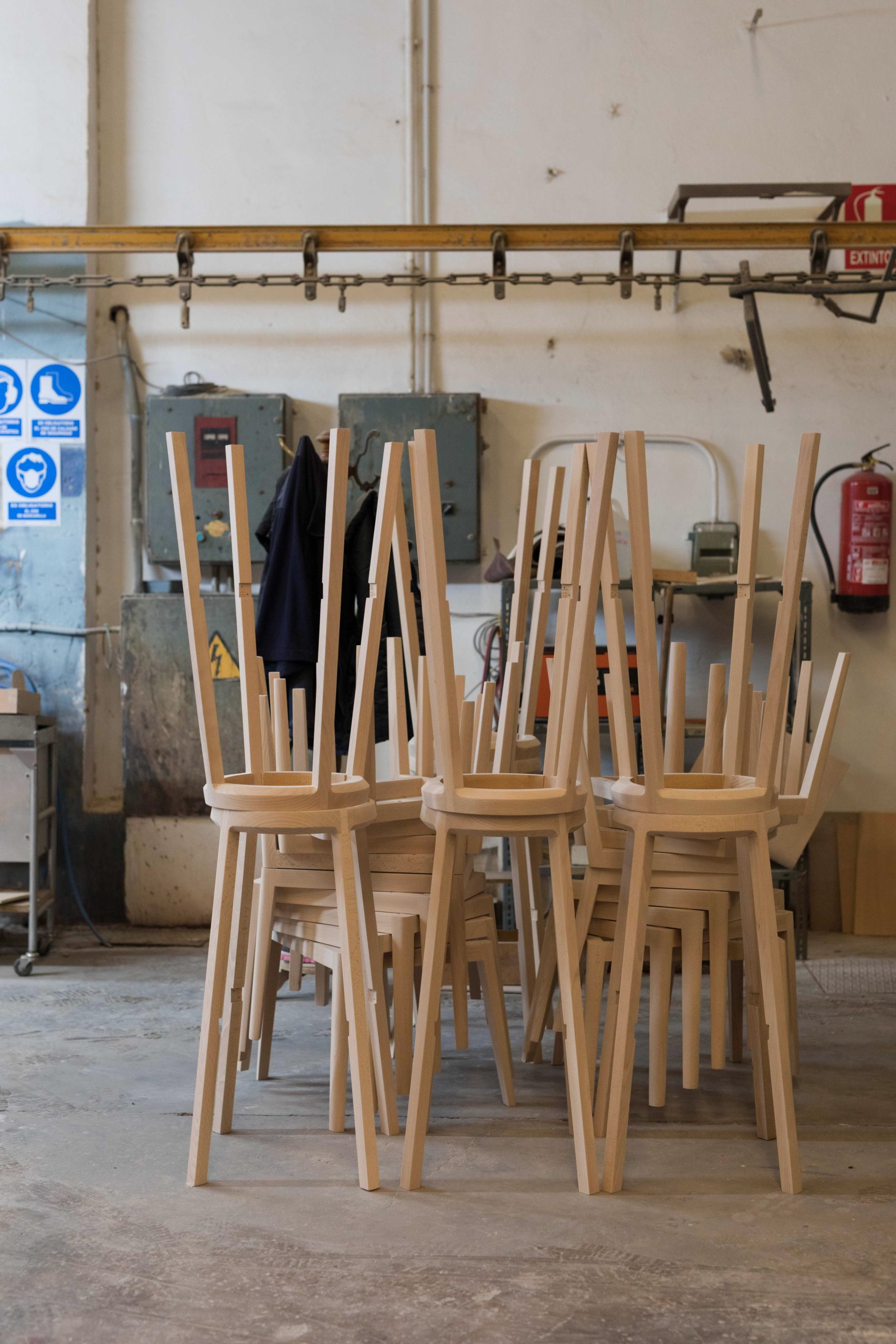Gandía Blasco was founded in Valencia in 1941 by Jose Gandía Blasco. Originally a blanket manufacturer, the company’s creative direction would change in the 1980s under the founder’s son, José Antonio Gandía-Blasco Canales. With a clear design-led focus, the company launched a collection of rugs in 1989, and in 1996, ‘Gandiablasco Outdoor’ presented its first furniture collection. In the 21st century, the Gandía Blasco Group grew to encompass three distinct, but still complementary, brands: GANDIABLASCO, GAN, and DIABLA. GANDIABLASCO specialises in outdoor furniture and spaces, GAN in handmade rugs, and DIABLA in a casual, more carefree, outdoor collection.
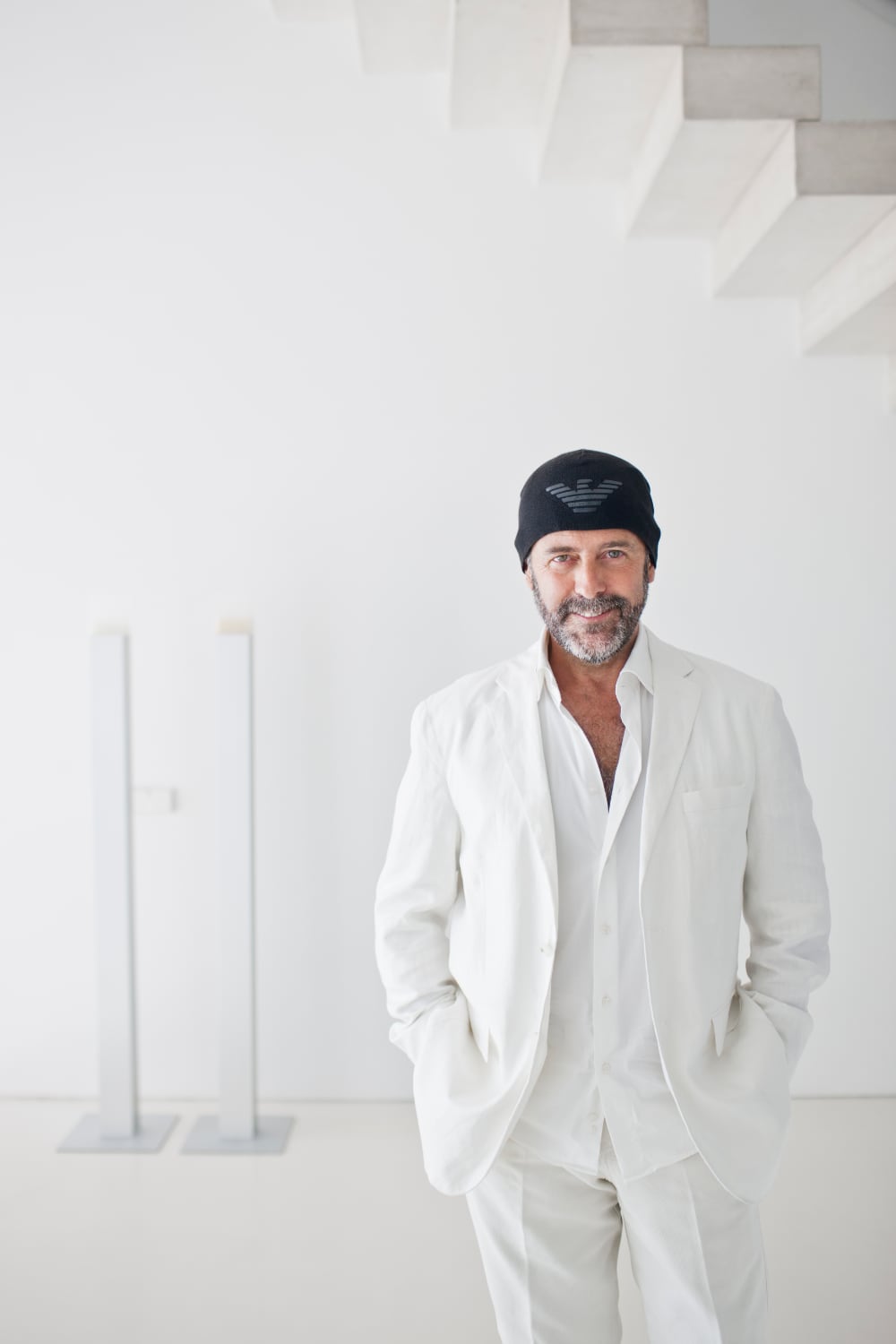
José Antonio Gandía-Blasco Canales.
The spirit and values communicated by the Gandía Blasco Group reflect the personalty of José Antonio Gandía-Blasco Canales, a man with a great love for the Mediterranean lifestyle. For this edition of ‘tradition and transition’, we talk with José Antonio’s daughter, Alejandra Gandía-Blasco, about GANDIABLASCO.
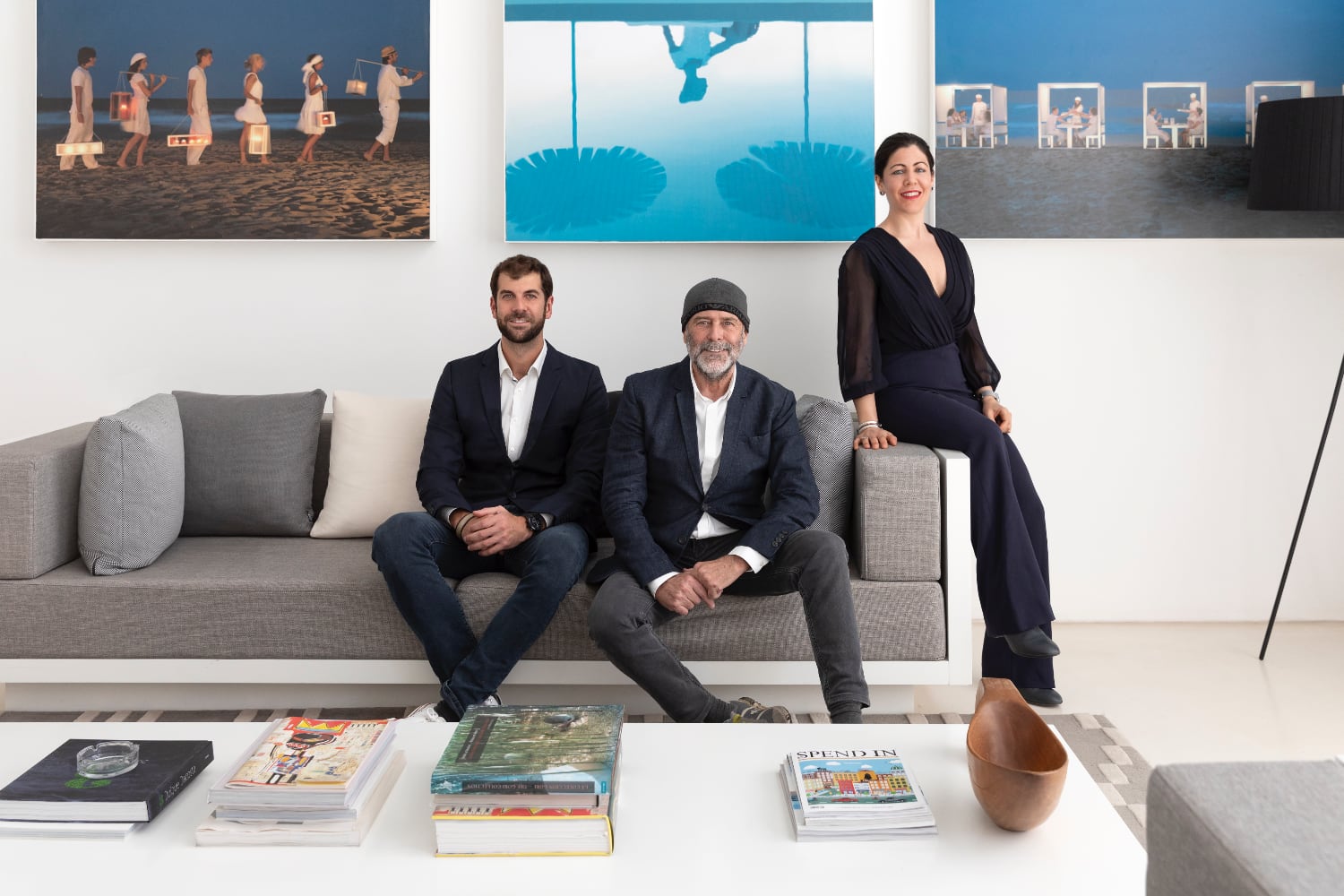
(L to R): Álvaro, José Antonio, and Alejandra Gandia-Blasco.
GANDIABLASCO works with an eclectic roster of designers, emerging and experienced, from Spain and beyond. What do you look for in a design collaboration?
(AGB) We look for a real connection, whether it’s a known designer or not. For me, design and creativity cross the boundaries of culture, gender, and renown. What we are looking for is talent, honesty, and authenticity.
In a world saturated with objects, we need to be critics, and to add real value.
Last year, the Gandía Blasco Group celebrated its 80th anniversary. Can you describe your transition from a company founded on tradition (working in textiles) to the modern, dynamic group of brands you are today?
(AGB) You know my father, José Antonio, but if you had known my grandfather you’d understand everything. Our history is about people, passion, and trust. In a company’s family tree there are different personalities and skills. In the 1940s, following the Spanish Civil War, my grandfather made inexpensive mats using textile waste, without any design. This very much influenced my father, who has always been passionate about design and culture. I remember as a child that he would design his own furniture for our house and for my grandfather’s house.
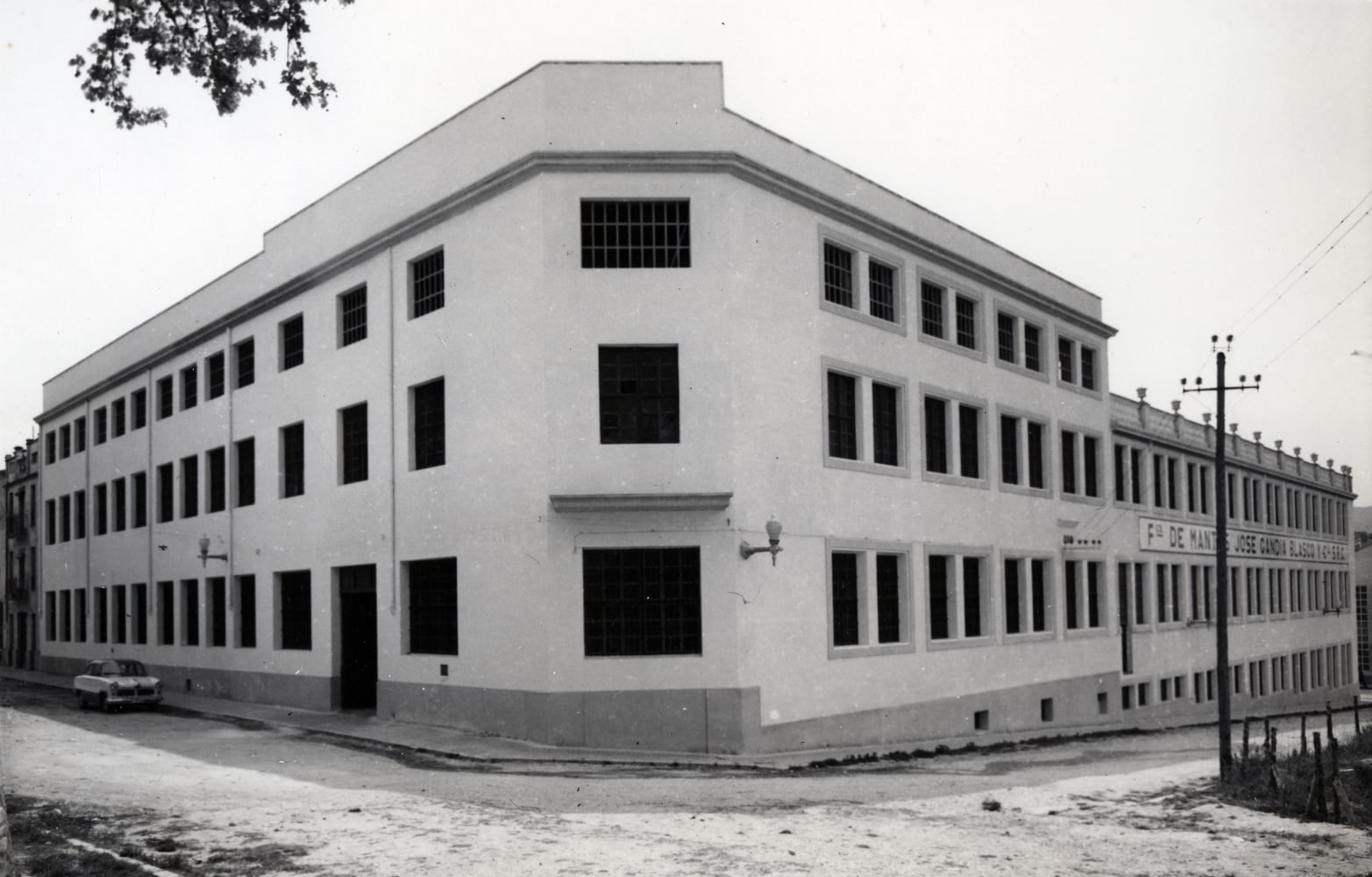
Historic photo of the Gandía Blasco HQ in Ontinyent, Valencia.
In the 1990s, thanks to Valencia’s burgeoning design culture, my father was excited about reinventing the company. With the help of creative individuals such as Marisa Gallén and Sandra Figuerola, he created his own team. He established the rug company GAN, and worked with Mapi Millet, an old friend and someone whose experience would help define GAN’s transition to making contemporary handmade rugs.
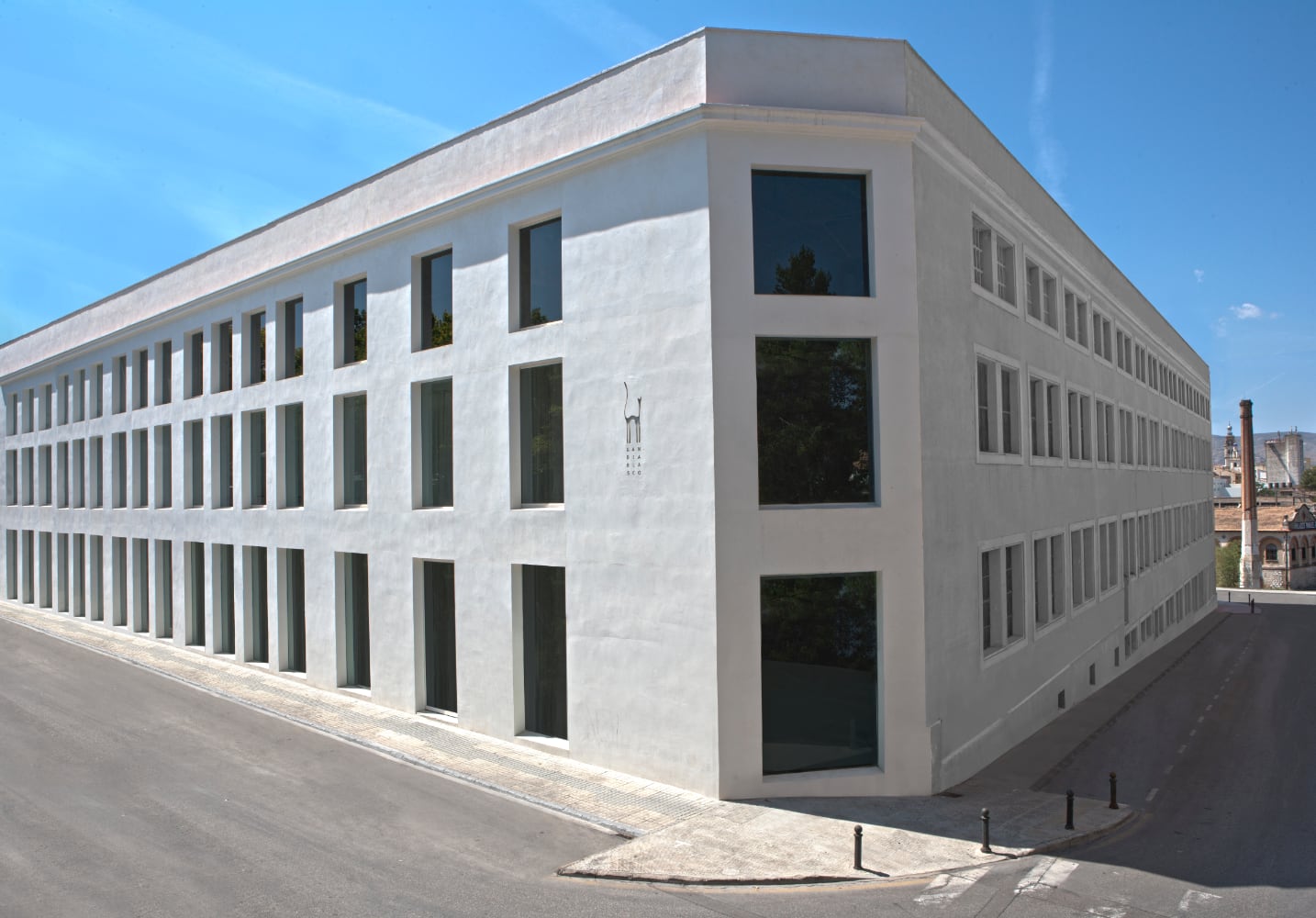
The Gandía Blasco Group HQ in Ontinyent today.
My father has always loved architecture, especially that which exemplifies the essence of Mediterranean culture and lifestyle. It was the architecture of his house in Ibiza that inspired GANDIABLASCO’s first collection of outdoor furniture, made in a workshop in Bocairent that manufactured aluminium profiles for windows. The collection (called ‘Na Xemena’) was based on an aluminium construction system designed together with this workshop. Since then, modular collections have been designed using this system: pieces such as Tipi, Daybed, and DNA would become icons of the brand across the world. More than furniture, they were the expression of a Mediterranean lifestyle.
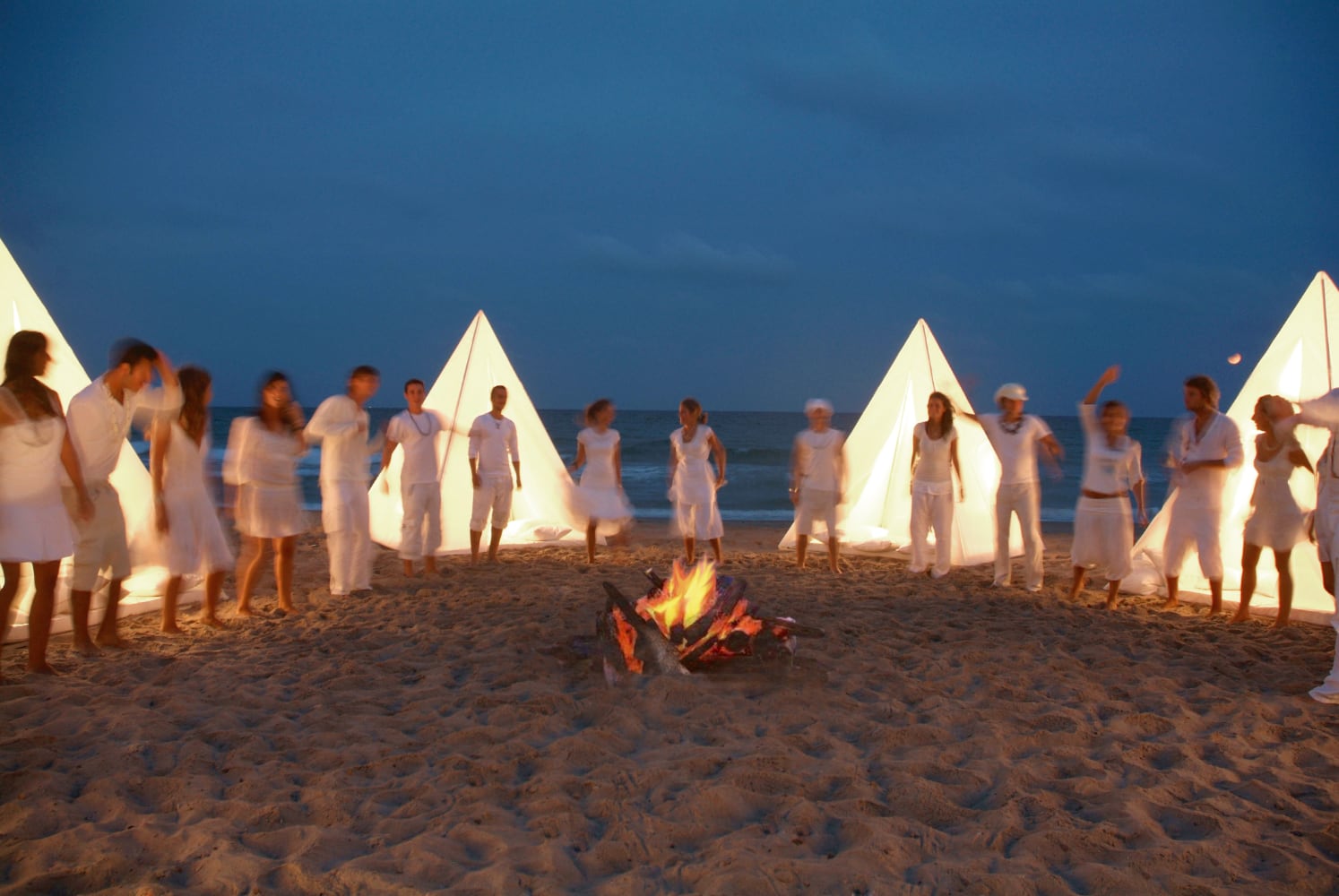
‘Tipi’ designed in 2007 by José A. Gandía-Blasco Canales.
At GANDIABLASCO, my father collaborates with designers who share this essential way of understanding furniture design—a dialogue with architecture and the creation of spaces to be lived in.

The new ‘Onsen’ collection, designed by Francesco Meda & David Quincoces, at the Xavier Corberó House Museum.
When my brother (Álvaro) and I joined the company, we knew there was the need to create a brand that would accommodate the design proposals that did not fit with GANDIABLASCO’s portfolio. These proposals were more informal, nomadic, and light, and thus we established DIABLA. It was a brand that connected with new generations, across smaller spaces, and other types of habitats.
Each brand in the Gandía Blasco Group has its own raison d’être: they speak of the people behind them, are different, but also complementary.
In the new GANDIABLASCO catalogue annex, you highlight 2022 as a year of change, marking a new advance in design and innovation in outdoor furniture. Can you say more about this.
(AGB) The change has been on a global scale, with the pandemic highlighting numerous shortcomings and changing the priorities for many of us. Outdoor spaces have become more meaningful than ever, not only for aesthetic reasons, but for improving our quality of life.
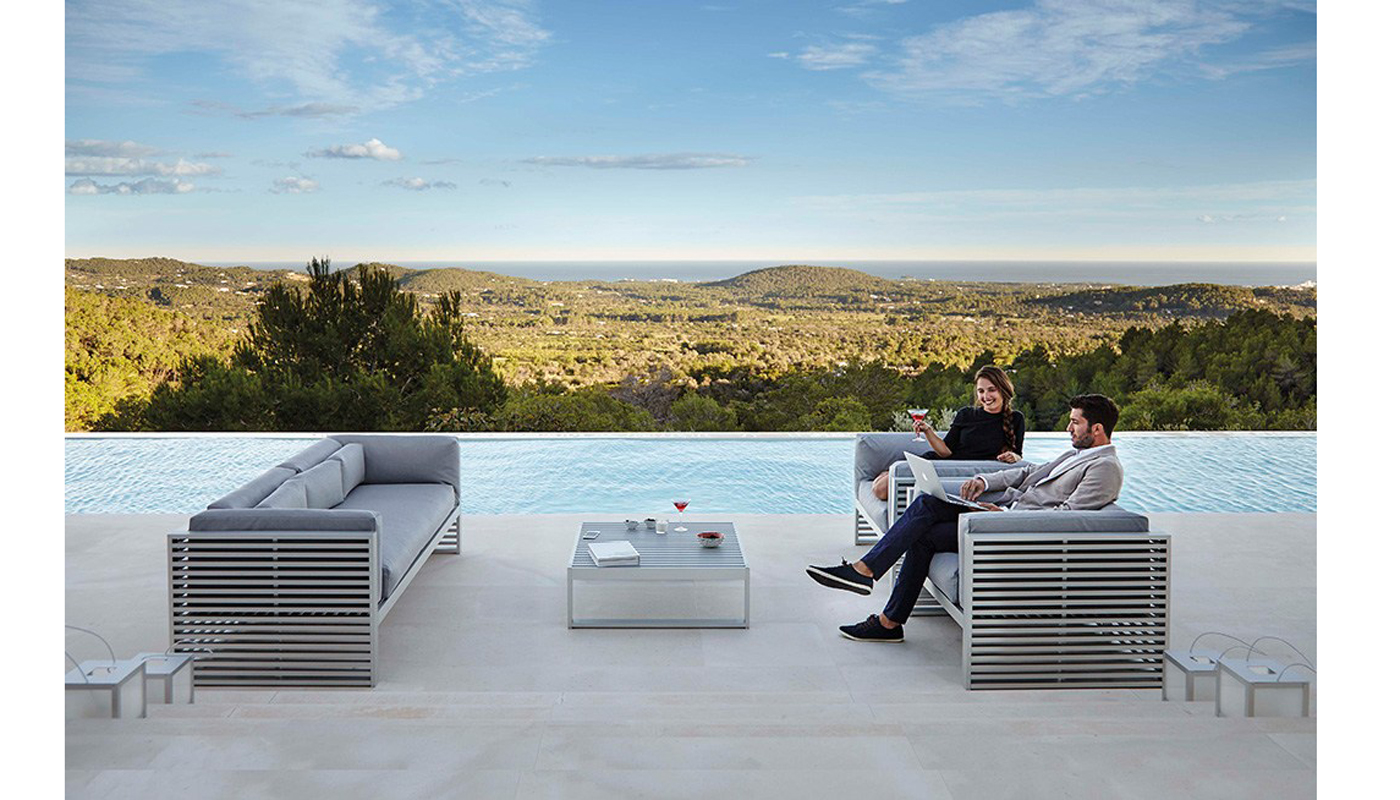
‘DNA’ designed in 2016 by José A. Gandía-Blasco Canales.
With our brands, we talk about beauty in those spaces we inhabit, but also about feeling comfortable and happy. That’s why we continue to innovate new products, using sustainable materials, recycled materials from ‘km 0’, supporting women’s communities in India, and more.
GANDIABLASCO’s collections are beautifully designed, often having clean, architectural lines, and a minimal aesthetic. What unites the collections—what underpins GANDIABLASCO’s design philosophy?
(AGB) It is about the luxury of simplicity and that which is essential—both are often complicated to achieve. We can find them in the development of cultures in poorer areas of the Mediterranean, accustomed to surviving with the minimum: in Ibiza, for example, where houses, furniture and utensils, built out of necessity, pay attention to the environment, natural light, and daily chores.
Our philosophy is characterised by timelessness—it speaks of our roots, our history, and a contemporary reading of vernacular architecture and craftsmanship.
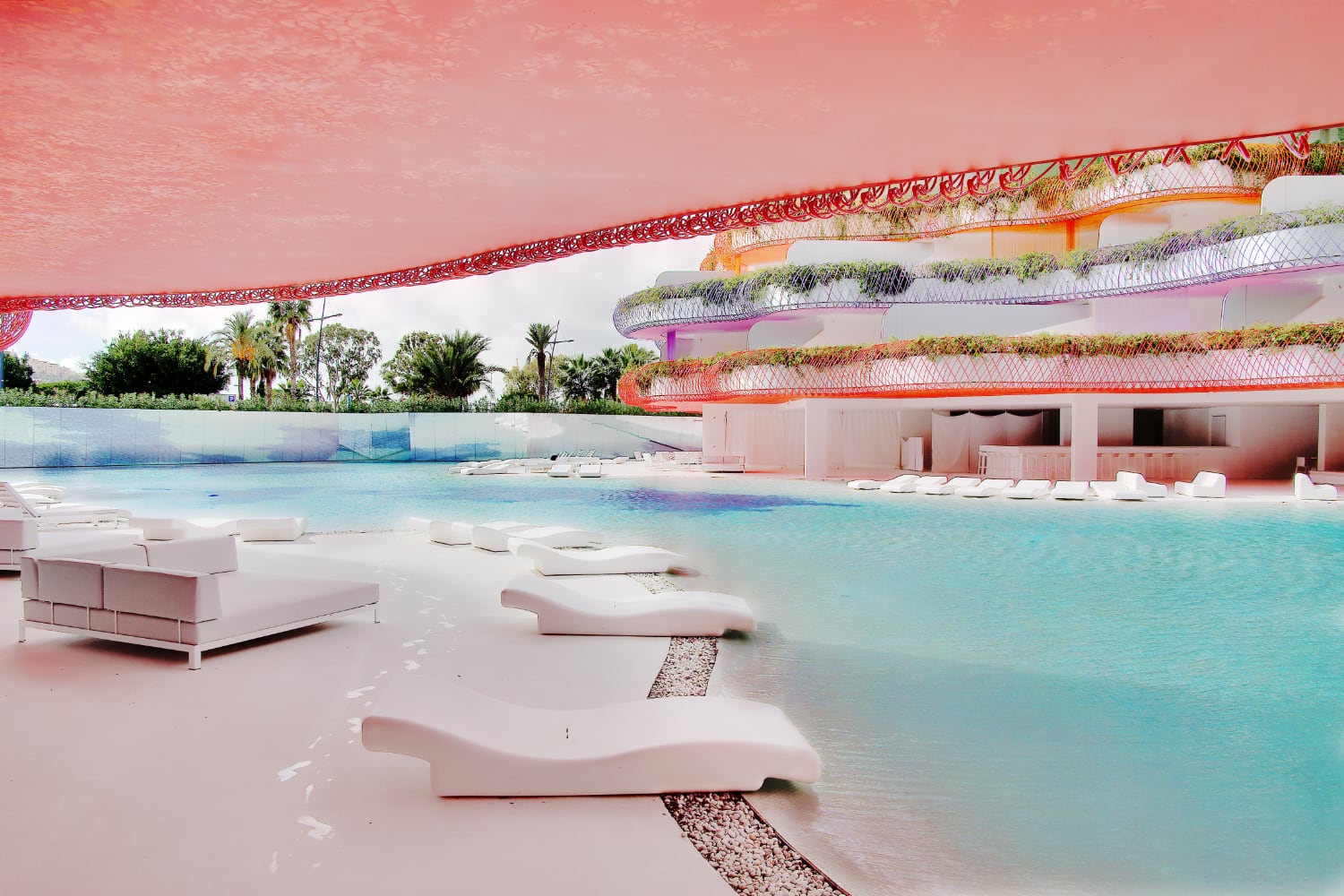
‘Las Boas Ibiza’ was designed by French architect Jean Nouvel.
GANDIABLASCO is extremely proud of its Mediterranean roots. How has this part of the world influenced your growth?
(AGB) As I said, it is understanding that simplicity is a luxury: enjoying sunlight, good weather, friends, family, and people from different cultures owing to our historical legacy. We were born in Valencia, a place where the quality of life is very good, and we have always lived like this. We are known as Mediterraneans, although Mediterranean design doesn’t exist in itself, unlike Nordic design, for example.
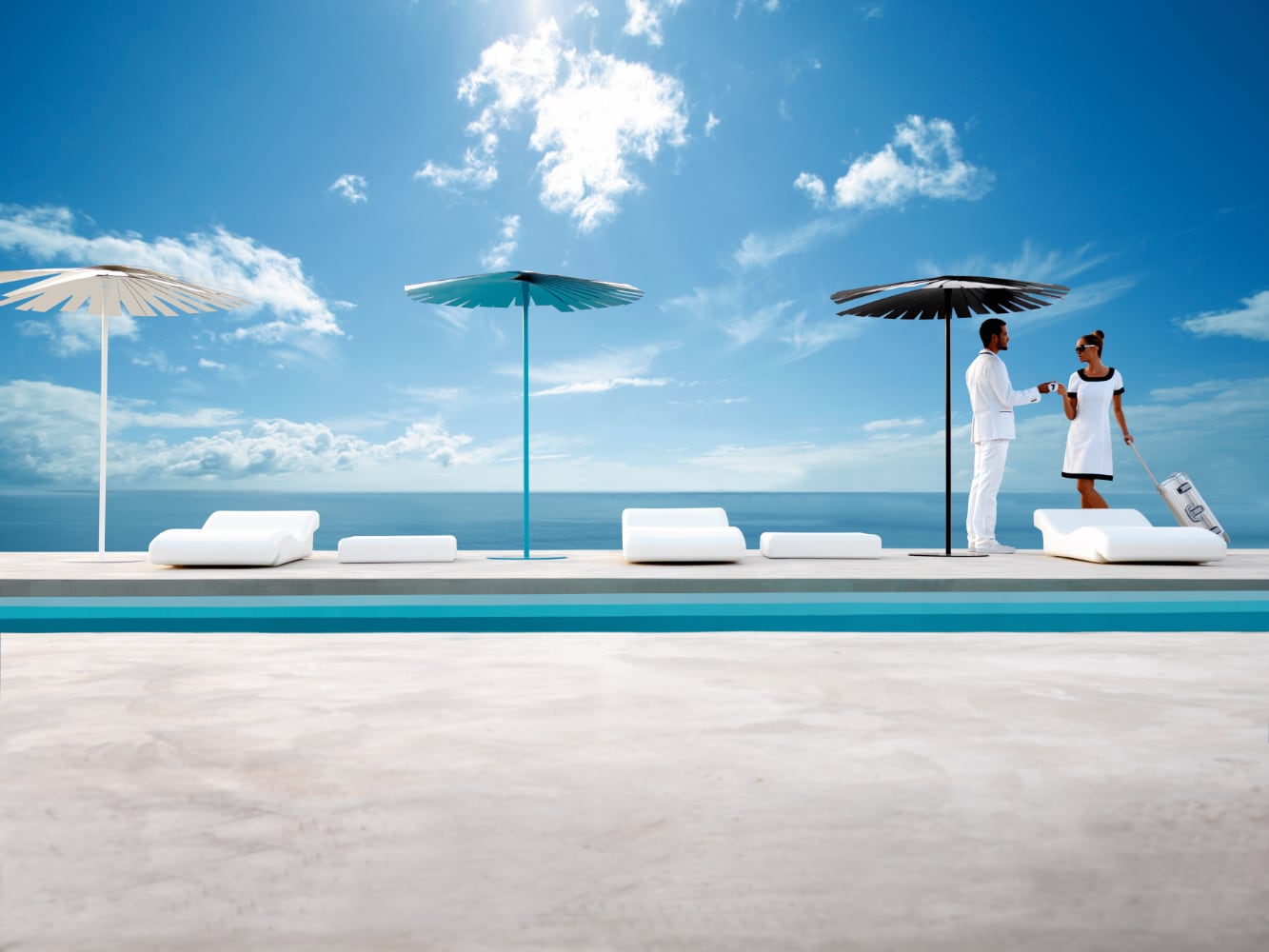
‘Ensombra’ designed in 2006 by Odosdesign.
Ibiza is one of the islands that best preserves the essence of its Mediterranean origins, in architecture and lifestyle. It has always been a source of inspiration for my father and the place where he has lived for years. His company has always been a lifelong project.
Valencia is World Design Capital 2022. What are your own particular hopes for this initiative?
(AGB) Let it mark a before and after for everyone, inside and outside Valencia: design is culture and speaks all languages.
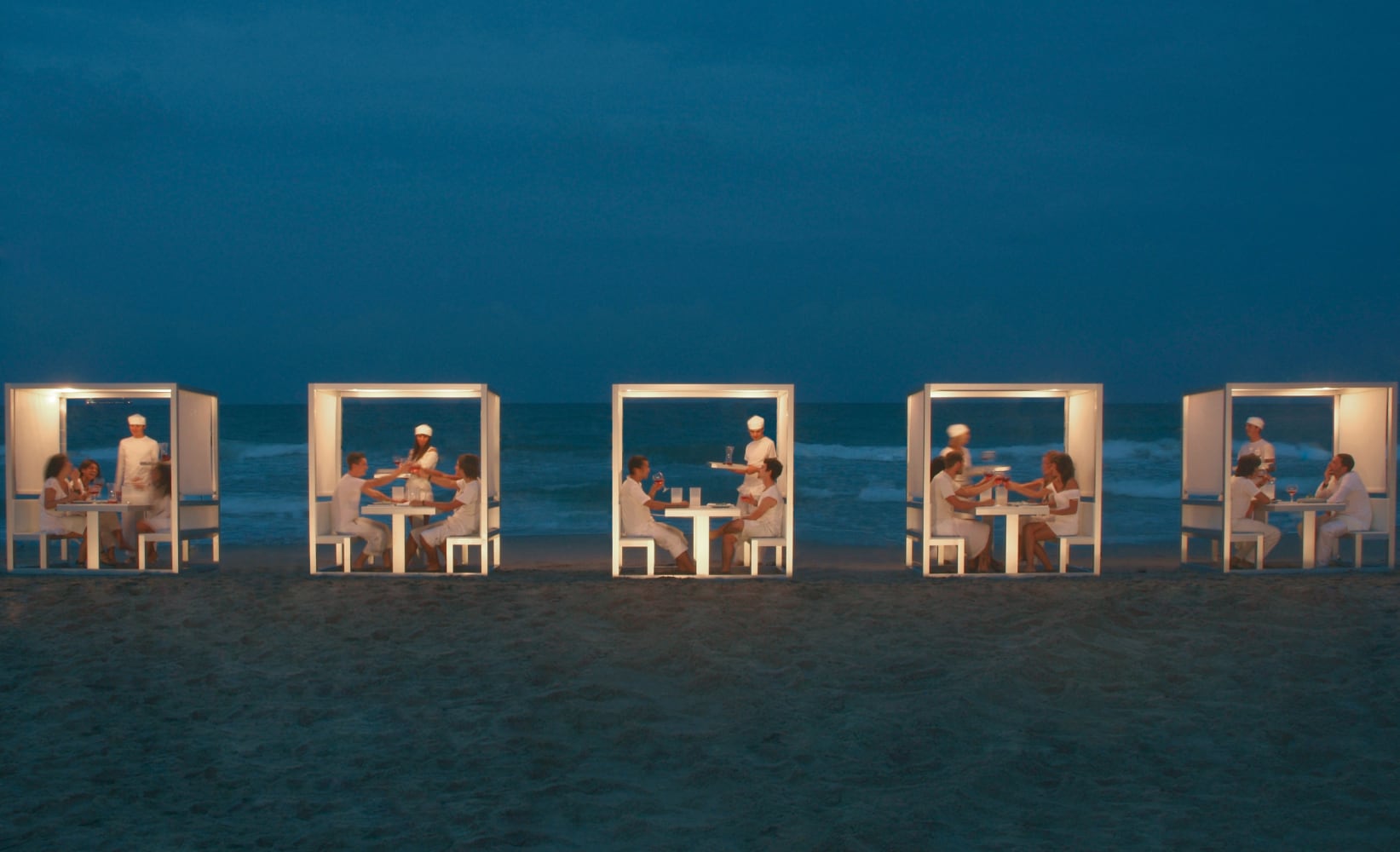
‘Merendero’ designed in 2006 by José A. Gandía-Blasco Canales.
Creative direction by @josegandiablasco and @alejandragandiablasco.
Photography by @angelsegurafoto.
Art Direction #gandiablascoteam, @alejandragandiablasco, and @hissbela.
All images © Gandia Blasco.
About Tradition and Transition
Tradition and transition is a series of interviews with Spanish design companies very much admired here at LZF. In this series, we explore how traditional ways of working harmonise with transition, change, and innovation. Similar to LZF, we’re keen to learn more about those companies founded on the basis of tradition and their subsequent transition to modern, dynamic businesses.

